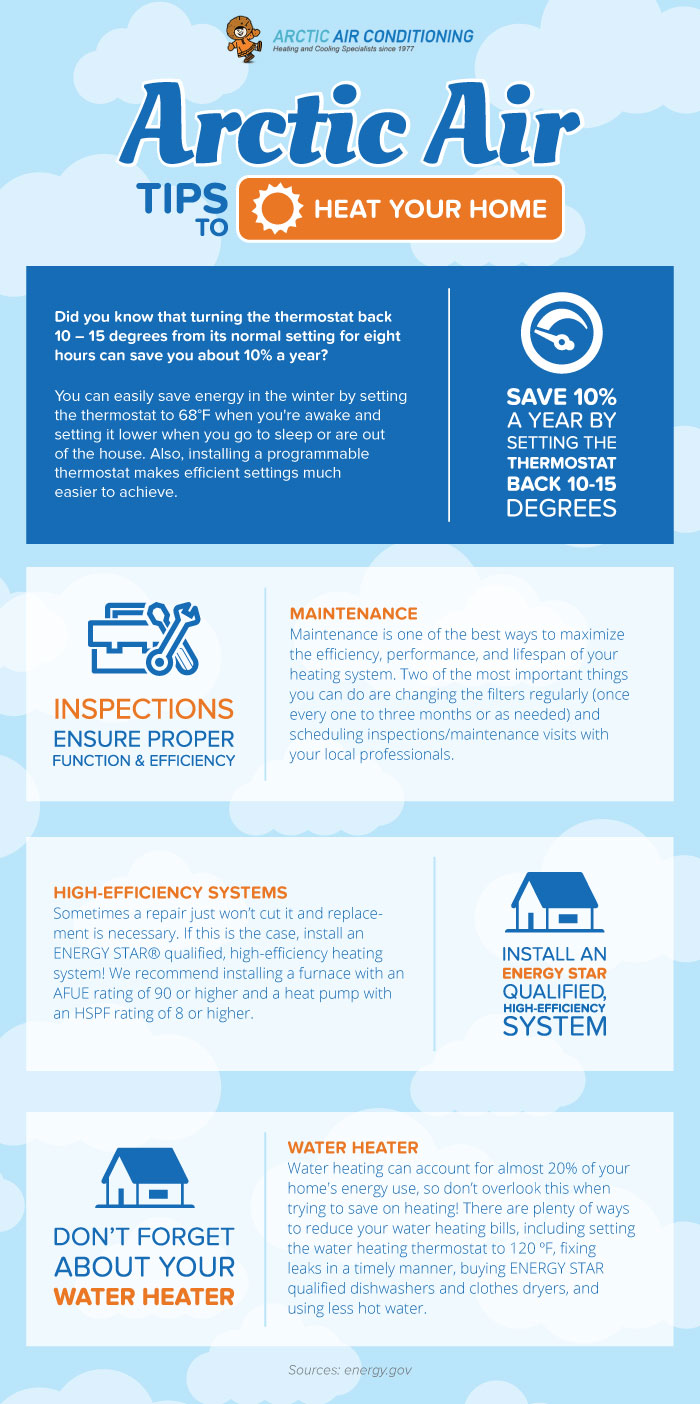The Ultimate Overview To Recognizing Warmth Pumps - Just How Do They Work?
The Ultimate Overview To Recognizing Warmth Pumps - Just How Do They Work?
Blog Article
Created By-Grady Gylling
The most effective heatpump can conserve you significant amounts of money on power bills. They can additionally help in reducing greenhouse gas exhausts, especially if you make use of electricity instead of nonrenewable fuel sources like gas and heating oil or electric-resistance heaters.
Heat pumps function significantly the like air conditioners do. This makes them a practical choice to typical electric home heating unit.
Just how They Function
Heatpump cool homes in the summer season and, with a little aid from electrical power or natural gas, they supply some of your home's heating in the winter season. They're a great option for people that intend to reduce their use nonrenewable fuel sources however aren't all set to change their existing furnace and cooling system.
They rely on the physical reality that even in air that seems as well chilly, there's still energy present: warm air is always moving, and it intends to relocate into cooler, lower-pressure atmospheres like your home.
Many ENERGY STAR accredited heat pumps run at close to their heating or cooling ability throughout the majority of the year, decreasing on/off biking and conserving power. For the very best efficiency, focus on systems with a high SEER and HSPF ranking.
The Compressor
The heart of the heatpump is the compressor, which is likewise called an air compressor. This mechanical moving tool makes use of possible energy from power development to enhance the pressure of a gas by decreasing its volume. It is various from a pump in that it just deals with gases and can't work with fluids, as pumps do.
Atmospheric air goes into the compressor through an inlet valve. It travels around vane-mounted arms with self-adjusting length that split the inside of the compressor, developing numerous cavities of differing size. https://money.com/health-home-improvements-coronavirus-trend-tips/ to move in and out of phase with each other, pressing the air.
The compressor reels in the low-temperature, high-pressure refrigerant vapor from the evaporator and compresses it right into the warm, pressurized state of a gas. This process is repeated as needed to provide heating or cooling as needed. The compressor additionally contains a desuperheater coil that recycles the waste heat and includes superheat to the cooling agent, altering it from its liquid to vapor state.
The Evaporator
The evaporator in heat pumps does the exact same point as it performs in refrigerators and air conditioners, altering fluid refrigerant right into a gaseous vapor that eliminates warmth from the area. Heatpump systems would certainly not work without this critical piece of equipment.
This part of the system is located inside your home or building in an indoor air handler, which can be either a ducted or ductless device. It contains an evaporator coil and the compressor that presses the low-pressure vapor from the evaporator to high pressure gas.
Heat pumps soak up ambient warm from the air, and afterwards utilize electrical power to transfer that warmth to a home or service in home heating mode. That makes them a great deal extra energy efficient than electrical heating systems or heating systems, and due to the fact that they're making use of clean electricity from the grid (and not melting gas), they also produce much less emissions. https://cost-of-small-central-air00009.blogdanica.com/29238500/the-future-of-home-home-heating-exactly-how-heatpump-technology-is-developing 's why heatpump are such terrific environmental options. (As well as a huge reason that they're coming to be so preferred.).
The Thermostat.
Heat pumps are fantastic choices for homes in cold environments, and you can use them in combination with traditional duct-based systems or even go ductless. They're a fantastic different to nonrenewable fuel source heating systems or typical electrical furnaces, and they're much more sustainable than oil, gas or nuclear HVAC tools.
Your thermostat is one of the most essential component of your heat pump system, and it functions very differently than a standard thermostat. All mechanical thermostats (all non-electronic ones) work by using materials that transform dimension with enhancing temperature, like coiled bimetallic strips or the increasing wax in a cars and truck radiator shutoff.
These strips contain 2 different kinds of metal, and they're bolted with each other to create a bridge that completes an electric circuit attached to your HVAC system. As the strip obtains warmer, one side of the bridge expands faster than the various other, which triggers it to bend and signify that the heating system is required. When the heatpump is in home heating setting, the turning around shutoff turns around the circulation of refrigerant, to make sure that the outside coil now operates as an evaporator and the indoor cyndrical tube comes to be a condenser.